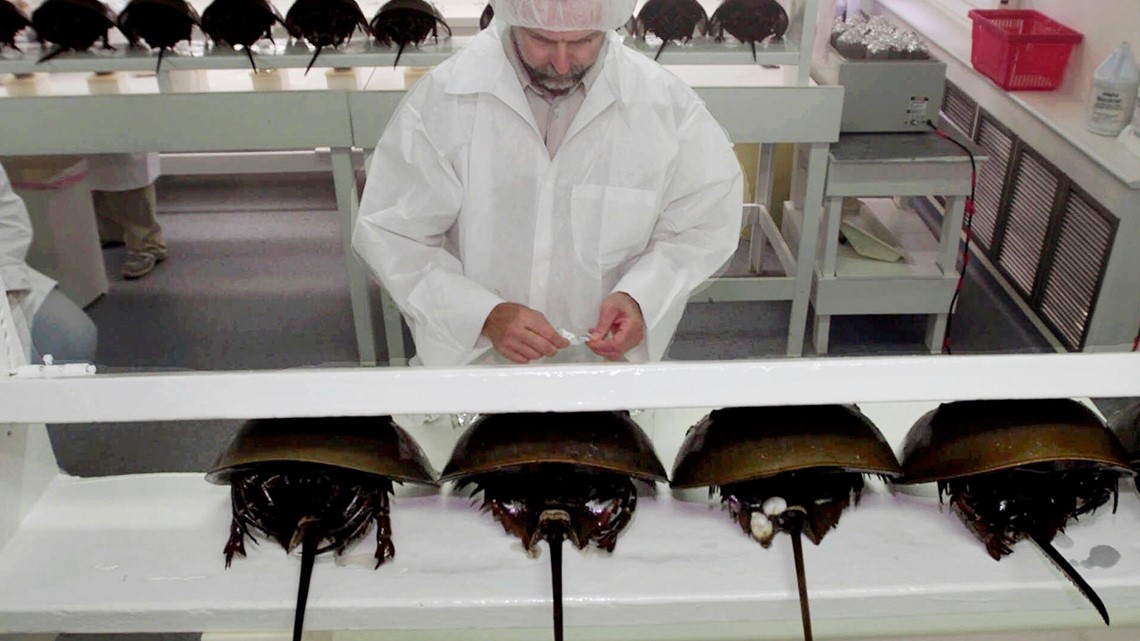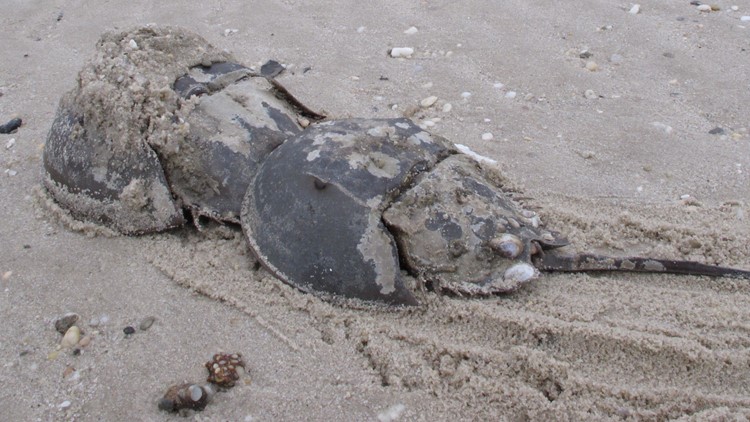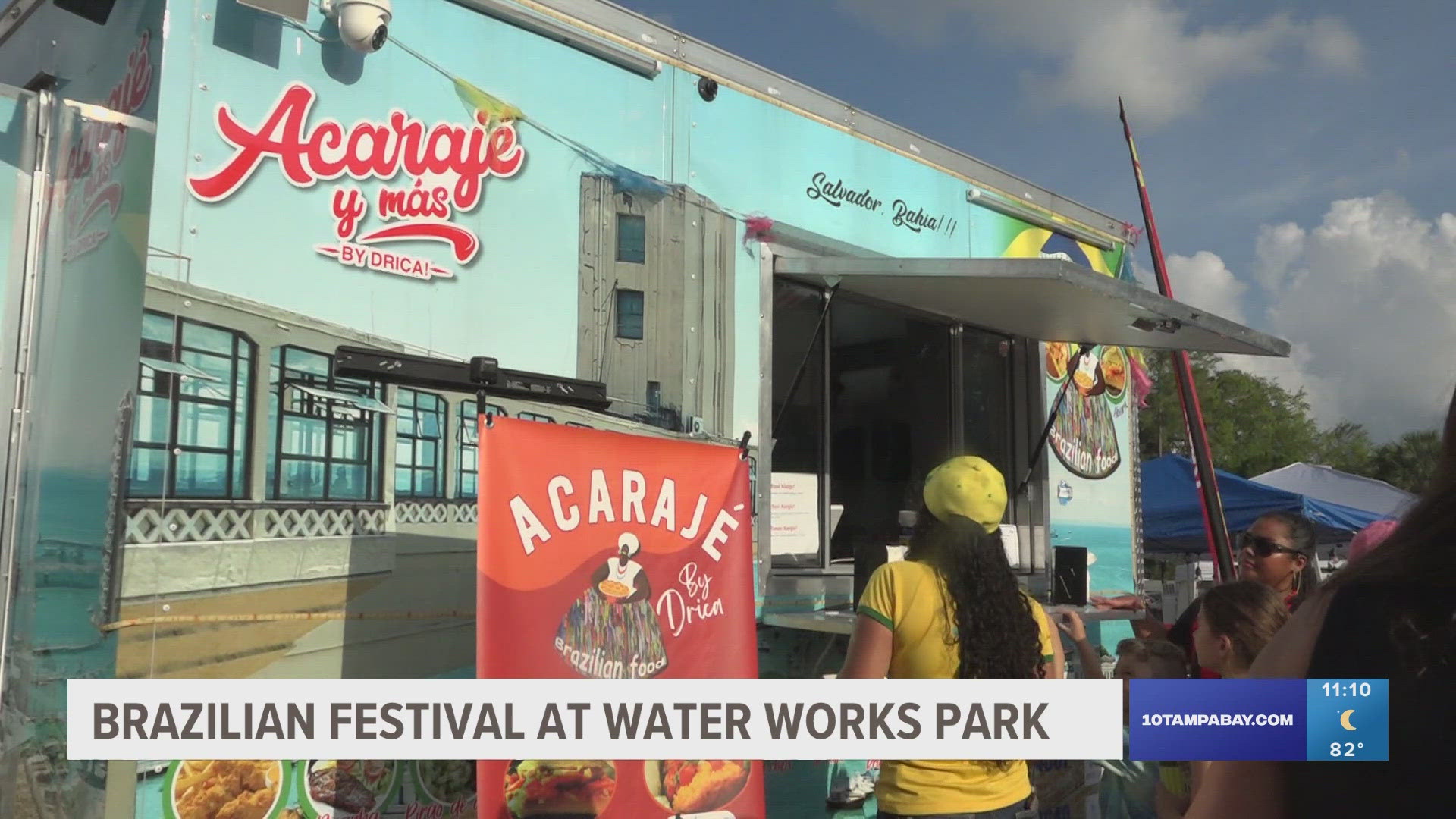ST. PETERSBURG, Fla — It’s difficult to wrap your head around just how old they are. Horseshoe crabs started crawling the earth long before the dinosaurs – at least 445 million years ago, according to the Florida Fish and Wildlife Commission.
But, it’s not just their age that makes them so interesting. Horseshoe crabs are actually a closer relative to spiders than crabs. Their eggs are a crucial food source for fish and migrating birds.
And, their blood is more valuable than gold.
Bloomberg reported last year that blood extracted from horseshoe crabs sells for up to $60,000 a gallon because of its critical importance to the pharmaceutical industry.
FWC explains it contains a unique substance that clumps around tiny amounts of bacterial toxins, so the blood is used to test for contamination in almost all injectable drugs and vaccines.


That’s why the survival of this ancient species is so vital – and why the FWC wants to know where they’re mating.
The agency is asking anyone who spots horseshoe crabs getting busy on the beach to report the sighting in an email to horseshoe@MyFWC.com or through the FWC Reporter app. You can also call 866-252-9326.
You’re most likely to see them around high tide within three days of a new or full moon.
Information provided to FWC is compiled by scientists to map out the population. Horseshoe crabs can be found all along the Gulf and Atlantic coasts from Mexico to Maine.
What other people are reading right now:
- Restaurant closes down after viral video exposes meat thawing outside
- The debate was a bare-knuckle boxing match. What's fact? What's fiction?
- Pigeons with glued-on MAGA hats released in Las Vegas
- George Zimmerman sues Elizabeth Warren, Pete Buttigieg over Trayvon Martin tweets
- Hillsborough County decriminalizes small amounts of marijuana
- World-famous baby eaglet killed by rat poison, rescue group says
- Rare rainbow snake seen for the first time in 50 years in Florida forest





